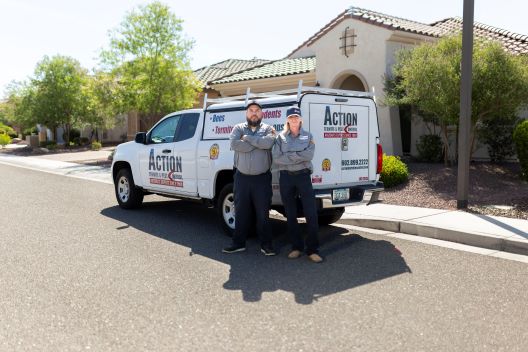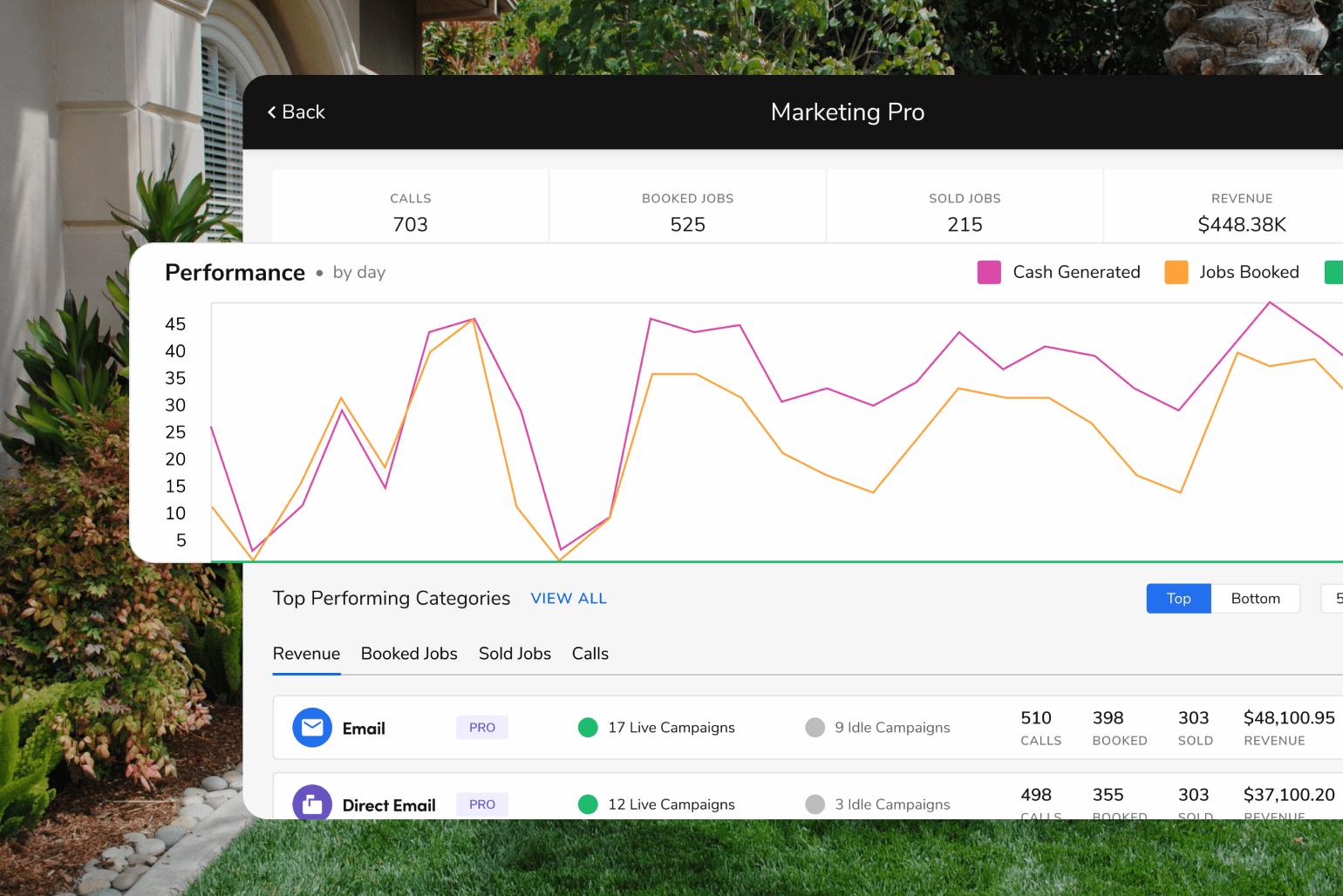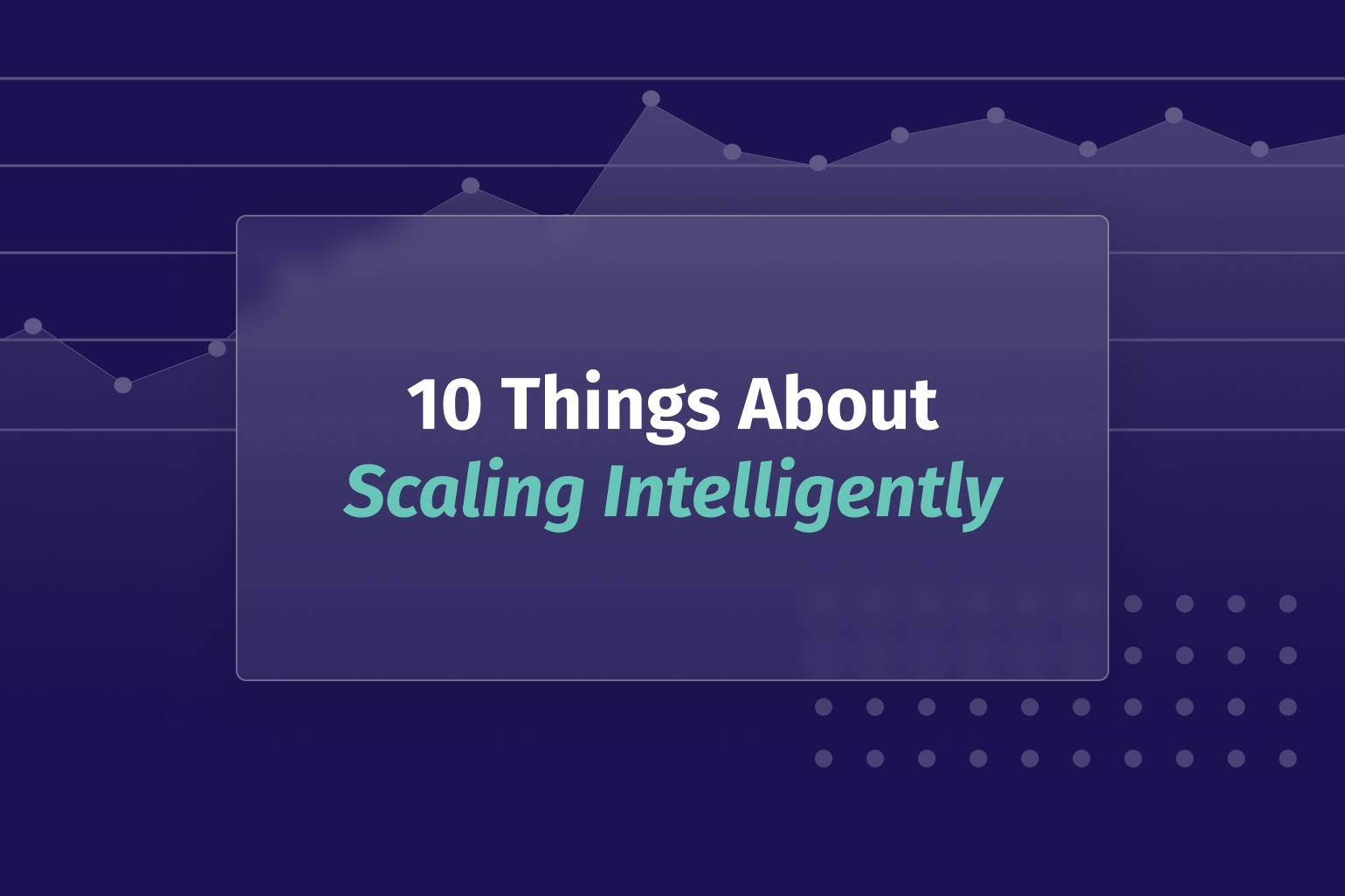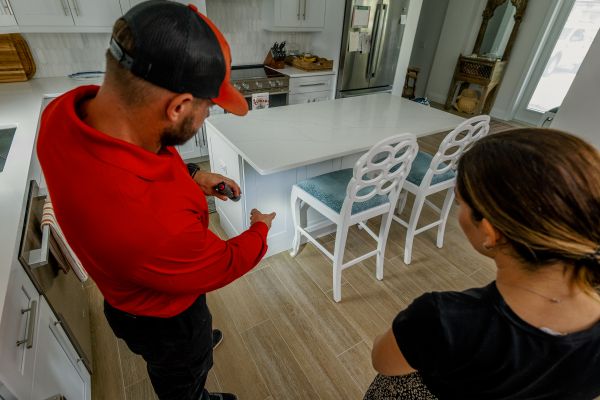5 Steps to a Winning Pest Control Social Media Strategy

The average person spends more than two hours a day on social media, allowing your business to engage with customers and gain a competitive edge in the crowded pest control industry. When pest control companies enact an intelligent social media strategy, they generate more leads, increase sales, and strengthen relationships with existing customers.
You don’t have to be an expert on social media trends to maximize the benefits. It boils down to understanding these pillars of social media marketing:
Which platforms to use to reach your target audience
Effective posting frequency
Where to spend your budget
Content ideas you can handle
Choosing the Right Social Media Platform
Social media strategy starts with knowing which platforms your target audience uses. Depending on your team’s capacity, choose one to three platforms to include in your marketing strategy.
Pest control professionals will find the most value from Meta (formerly Facebook), LinkedIn, and Instagram. TikTok’s core audience is likely too young to need pest control services, and Twitter (now X) is geared toward news and political discussions.
According to a reader poll by Pest Control Technology, the following are the four most popular social media platforms for pest control companies.
Preferred by 47% of pest control companies
Key demographic: commercial clients, corporate partners, potential employees of all ages
Pros: high conversion rate for paid ads, high engagement, lead generation, recruiting power
Cons: crowded marketplace, paid advertising is more expensive than Facebook
Meta (formerly Facebook)
Preferred by 38% of pest control companies
Key demographic: established homeowners, more than 50% of the audience 35+ years old
Pros: broad demographic reach (nearly 3 billion people use Facebook), excellent targeting algorithm, simple paid advertising structure
Cons: business content competes for attention with personal content
YouTube
Preferred by 9% of pest control companies
Key demographic: men, ages 25 to 34
Pro: video content is the most effective type of social media content, unlimited free video uploads
Cons: Requires high-quality videos; 80% of YouTube traffic comes from outside the United States
Preferred by 7% of pest control companies
Key demographic: Women, urban residents, ages 34 and under
Pros: Visual, user-generated content, effective for organic (free) marketing
Cons: Requires high-quality graphics or videos, a popular way to work with influencers (not relevant to the pest control industry)
Research which social media platforms your top competitors use, and be sure to show up there too. Also, ask other pest control operators (perhaps in other markets) what works best for them.
Types of Social Media Content to Consider
What is the first rule of organic social media marketing? The audience is king. Posts should provide value to the customer, whether financial (a promotion or offer), educational (a tip), or social (connecting with your audience through storytelling or customer service).
Other tips include:
Making sure all social media posts are relevant to your audience
Prioritizing quality to increase engagement and present a professional image
Offering a variety of content types
Social users love videos as long as they are high quality. Here are some video ideas for pest control marketing:
How-to video
Seasonal educational topics
On-the-job video clips
Customer testimonials
Employee spotlights
Photos and graphics also work and can be easier to produce regularly. These could be:
Great reviews or testimonials—post a screenshot
Before-and-after pictures of your best work
Infographics of seasonal pest control problems
Photos showing community and industry involvement
With the Customers Report in FieldRoutes, you can easily filter customers for target issues by zip code. Look for trends of common problems within specific zip codes to create content that resonates and target it to potential leads in the area. You can export your customer list, upload it to a social media platform, and exclude current customers from paid social media campaigns so you only pay for leads.
Maximizing Reach Through Social Media Advertising
Organic social media marketing is free—it’s the content you create and post. Paid social media advertising is just that—you pay Meta, LinkedIn, Instagram, or YouTube to promote your content to a targeted audience.
Also called promoted posts or content, paid advertising is used to acquire leads, gain new followers, increase website traffic, drive campaigns, and quickly boost conversions.
Both organic and paid social media are essential to an inbound marketing strategy.
Budget
According to survey findings from The CMO Survey, service providers allocate 13 to 15 percent of their marketing budget to social media. The budget covers:
Content creation—equipment and contractors, such as videographers and editors
Management—social media manager, marketing agency, or contractor
Software and tools—premium subscriptions to social media management and analytics tools (free versions exist)
Paid advertising campaigns
Training and development for staff
Most of the budget is typically allocated for content creation (20 to 30 percent) and advertising campaigns (30 to 40 percent).
Objectives and Targeting
All major social media advertising platforms ask you to choose an objective for each ad (reach/awareness, leads/engagement, or conversion/sales). Then, you choose a targeting strategy based on demographics, interests, a custom definition, or mimicking provided customer data (“lookalike” targeting). Pricing differs based on those categories and then per click or conversion.
More than two-thirds of online marketers say social media ads help drive leads. Here are a few key points about each of the major online social media advertising platforms:
Facebook Ads: Because it has been around the longest, its targeting algorithm is more refined than competitors. This helps target your ad spend effectively. Read more about creating effective Facebook ad campaigns for pest control companies.
LinkedIn Ads: The conversion rate is high at 6.1%, but so is the average cost per click, as reported by WebFX. You can’t target by zip code.
Instagram: The average cost is relatively high at $3.56 per click versus $.97 on Facebook. Conversions are high, too, at 18% for both paid and organic content. But it’s great for brand visibility and customer engagement.
YouTube Ads: YouTube is the second most popular website globally, and Google counts your uploads toward your SEO score. But you pay more to make an ad unskippable, and high-quality video content can be time-consuming and expensive.
Leveraging UGC for Your Pest Control Business
User-generated content (UGC) refers to original content that your followers create. The benefits of UGC include the cost (free), customer engagement and loyalty, brand building, and showing prospective customers you value your clientele and they like to engage with you.
UGC also feels more authentic compared to content put out by a brand or company about itself. Consumers trust each other more than a company. UGC on social media is a form of word-of-mouth advertising.
So, how do you encourage customers to create content about you? Here are a few common ways:
Ask! Have technicians request a review after a positive interaction or email clients to solicit reviews.
Create a hashtag specific to your business and share it with users.
Create a contest that involves UGC.
How to Build a Successful Pest Control Social Media Strategy
Follow these steps to build a successful social media strategy.
1. Define clear and specific goals
Follow the SMART guidelines for goal setting. Any goal should be specific, measurable, achievable, relevant, and time-bound. Common goals are increasing brand awareness, generating leads, driving pest control website traffic, and improving customer engagement. Measurable goals might be a certain number of likes on Facebook per week, month, season, or quarter, or other interactions such as likes, shares, and new followers.
2. Establish a consistent brand voice
What adjectives describe your brand voice? Friendly, professional, authoritative, educational, approachable? Ensure your content across all channels and social media profiles conveys the same attitude. This builds brand recognition and loyalty among customers and boosts your credibility.
3. Develop a content and advertising plan
Create a content calendar for organic posts and an advertising plan for your paid posts. Base this around seasonal trends and business objectives.
Experiment with several types of posts (videos, polls, contests, offers) to see what gets the most engagement. This will help you figure out what kind of content users value. The most successful social media strategies integrate paid and organic content, especially as algorithms have made breaking through with organic content more difficult.
The rule of thumb for posting frequency is five to seven times weekly on Facebook and LinkedIn, once a day on Instagram, and once a week on YouTube. Remember, your posts don’t have to be long or involved as long as they deliver value.
4. Engage with your audience
One of the biggest benefits of social media is engaging with customers when you aren’t face-to-face. This increases your opportunities to build trust and loyalty, deliver excellent customer service, and request reviews and feedback. And it doesn’t cost anything.
Consider drafting company policies to make sure you maintain a high level of professionalism. For instance, what’s your protocol for responding to comments, good or bad? Who is responsible for posting on social media?
Make it a policy to reply to comments and questions within a day during regular business hours to show customers and prospects your company values feedback and is responsive. Use those opportunities to engage in meaningful conversation—which doesn’t mean wading into personal topics. Keep it professional, friendly, and helpful.
5. Monitor and measure performance
Set key performance indicators (KPIs) for each ad campaign. Look up benchmark data and set realistic goals.
Conduct regular performance analysis with a social media management tool like Hubspot or Hootsuite, which can provide guidance on adjusting your strategy with data-driven insights.
The top KPI metrics for social media marketing include:
Profile impressions
Profile reach
Followers
Audience growth rate
Engagement rate
Video plays
Posting frequency
Clicks
Shares
Pest Control Social Media Tips and Best Practices
Social networks are crowded, but you can stand out and get the desired results by following these do’s and don’ts.
Consider hiring an outside marketing company to create high-quality campaigns.
Consistently post professional-level content.
Use hashtags strategically—see what’s trending, make them relevant to the post, and use only a few per post.
Collaborate with industry partners to promote each other’s content.
Monitor and respond to interactions daily.
Analyze competitor strategies.
Experiment with different content formats.
Skip the humor—humor is hard to perfect, and if it doesn’t work, it erodes trust. A clever viral campaign is best left to marketing professionals. If you DIY your social media, stick to images and messages that protect your reputation.
Use customized auto-replies when you can’t pay attention to social media, such as during office closings.
Don’t go silent. If you aren’t active, it looks like no one is home.
Remember to engage with your customers and clients, too. Share, like, and comment on their content.
Invest in ongoing education and training for any social media managers and staff.
Level Up Your Pest Control Company With the Right Software
The best social media marketing uses customer insights to drive the right messages to the right audience. In addition to a CRM that stores the valuable customer data you need to fine-tune social media messaging, FieldRoutes provides powerful all-in-one tools that automate and streamline your operations so you can focus on delivering excellent customer service and growing your pest control business.
Schedule a free demo to learn how FieldRoutes can deliver powerful insights and boost your overall marketing strategy.





